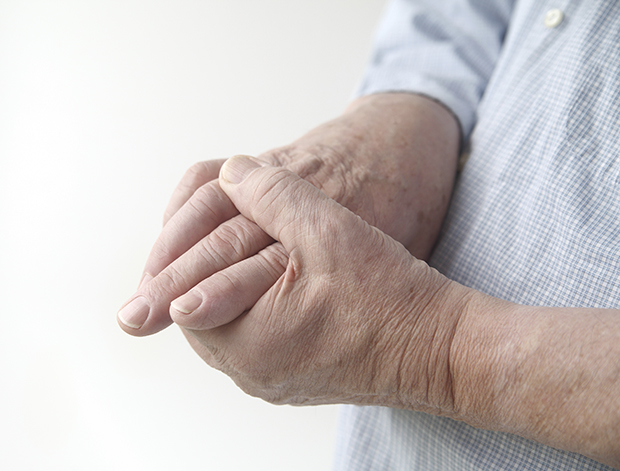
Submitted by Orthopaedic Specialists
While the crisp air and the snow-covered landscape paint a pretty picture, cold temperatures can bring not-so-pleasant discomfort in your joints. Many people experience a worsening of inflammatory conditions such as arthritis and joint pain affecting the hips, knees, elbows, shoulders, and hands during the winter months. The reason for that extra ache can be attributed to changes in humidity and barometric pressure. In fact, any type of inflammatory condition such as arthritis, bursitis, or tendonitis can be affected by such weather changes. During the winter months, many people also tend to decrease their level of exercise, which can cause the joints to stiffen and become less flexible.
“When it’s cold outside, it’s more difficult for blood to circulate to our extremities, which can result in pain receptors becoming more sensitive,” said Dr. Tuvi Mendel of Orthopaedic Specialists (OS), a Quad City-based group of board-certified and fellowship-trained orthopaedic surgeons. “In other words, while joint conditions may not physically worsen, the pain can seem more intense.”
The increase in the intensity of pain can also be evident for people who have had orthopaedic injuries in the past, or have had joint replacements, fusions or plates or screws implanted in their body.
“The incision from a surgery will always cut some skin nerves, which result in numbness around the wound, particularly on the outside,” said Dr. John Hoffman, a specialist in sports medicine who performs more than 600 total joint procedures a year and is one of the only surgeons between the Quad Cities and Omaha to successfully perform total joint replacement procedures in an outpatient setting. “Occasionally there is some aching around the scar, which can become worse in cold weather, although this is more common with patients who have a metal implant.”
This is one of the reasons the doctors at Orthopaedic Specialists have completed extensive training in minimally invasive surgical techniques. This approach results in smaller scars, shorter hospital stays, greater range of motion, and most importantly, the ability for patients to get back to their daily activities more quickly.
How to minimize symptoms in cold weather
To address pain and reduce the risk of injury, do active warm-ups like high knees and arm circles before going outdoors in cold weather to exercise. Also, try to eat foods rich in vitamin K (e.g., spinach, kale and cabbage) and vitamin C (e.g., oranges, sweet red peppers and tomatoes).
If exercising outdoors, dress in several layers around the core of your body. The layer closest to the body should wick moisture away, while the top layers should trap heat and block wind. And don’t forget hats, gloves, and moisture-wicking socks!
When to seek a specialist
It’s not okay to live with the pain, especially if it’s escalating during colder seasons. With years of experience and thousands of patient cases successfully completed, the healthcare specialists at OS understand what kind of information and resources patients and their families need in order to make informed decisions about treatment options and recovery strategies.
“If you have questions about cold-weather injuries, or soreness and tenderness from an older injury during the winter, don’t hesitate to contact us,” said Dr. Mendel. “We will help you develop a plan that will you get you back on your feet in no time.”
To learn more about Orthopaedic Specialists, call 563.344.9292 or visit OSQuadCities.com.
Photo credit: nebari/iStock

